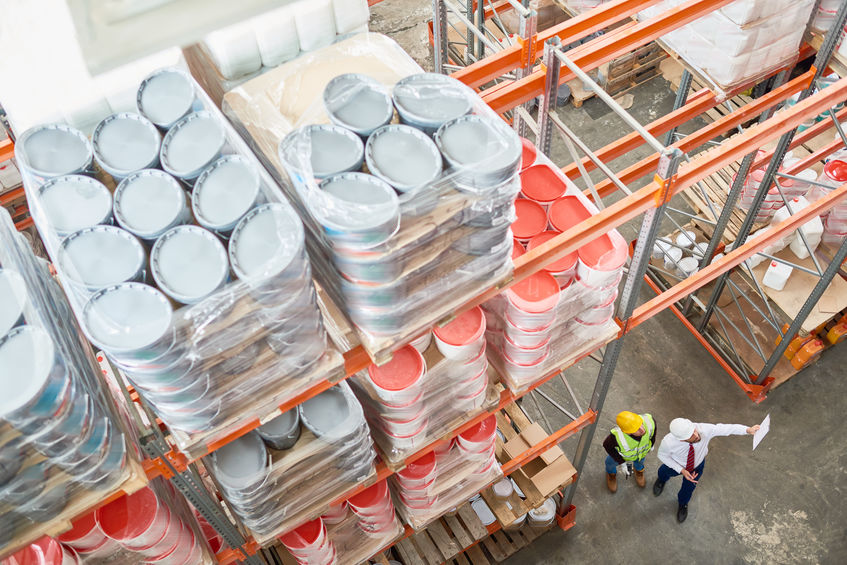02 Apr Counterfeit items can spell disaster. Are you at risk?

Top view background image of tall shelves in modern warehouse with two workers wearing hardhats standing in aisle
What are the risks?
We posted a case study on an MEP contractor who installed a run of duct work on a public building recently. The ductwork was eroded and was very damaged.
The material sample had been received and approved. However, it transpired that the material installed on the site did not match the approved material submittal and sample.
Due to the long lead times the contractor had supplied this “alternative” material as he could not meet the specified programme dates. The Contractor also attempted to save money, by supplying an alternative duct which was cheaper than the original tender.
There are 2 main issues with this.
1. The Contractor delivered a material which was different to the approved documents previously submitted. This is a misrepresentation of the product and fraudulent act.
2. Contractor may have thought this was a good alternative, to comply with the programme, however this is actually a breach of contract and fraudulent activity.
In this situation the contractor should have issued a project material “substitution” for approval.
The items installed could be counterfeit materials. The source and supplier has not been verified so they may not be genuine. These new materials could be a replica and may not meet the specification and contract requirements. Especially considering that they were readily available.
The Risks
The Internet is making it easier than ever to reproduce, copy, and sell goods online. It can be very difficult to determine the authenticity of real products, from a fake.
However, the characteristic can differ enormously, although visually the same. For a simple duct, this may not seem like a big deal to the contractor, to supplement it for another. Let’s say that this was a fire damper.
The fire damper was readily available in the market, although not an approved material. If the damper is not approved then you can not verify if it is tested and inspected to meet international and national regulations, codes and standards, with strict quality control procedures.
If this is the case it poses a serious threat for the future building occupants. In the event of a fire where a fire damper doesn’t operate correctly it will allow the smoke and fire will spread. This could result in a catastrophic situation. The cause could be a lack of quality inspections and testing during the manufacturing process.
All materials and products delivered to site must match the Approved materials for the project prior to installation. This needs to be verified through inspection. You should also know the source from where the materials have come from and how they have been manufactured.
If you are a supplier, can you actually verify the source of your supply?.
Quality controllers and Material inspectors have a critical job on receiving incoming materials. They need to be really vigilant and ensure there are adequate inspections for all incoming materials.
Inspectors need to inspect all materials strictly to ensure that they are the approved material and refuse to accept any material that hasn’t had its MSDS and approval.
The results can be fatal like the 1986 Space Shuttle challenger which exploded. This was because of a failure with the O rings which resulted in death of the whole crew. Contractors often take this matter lightly. (For more information on this failure you can check the internet)
Make sure you have strict controls in place to verify all activities on your construction project.
Have you experienced something similar on your sites?
No Comments